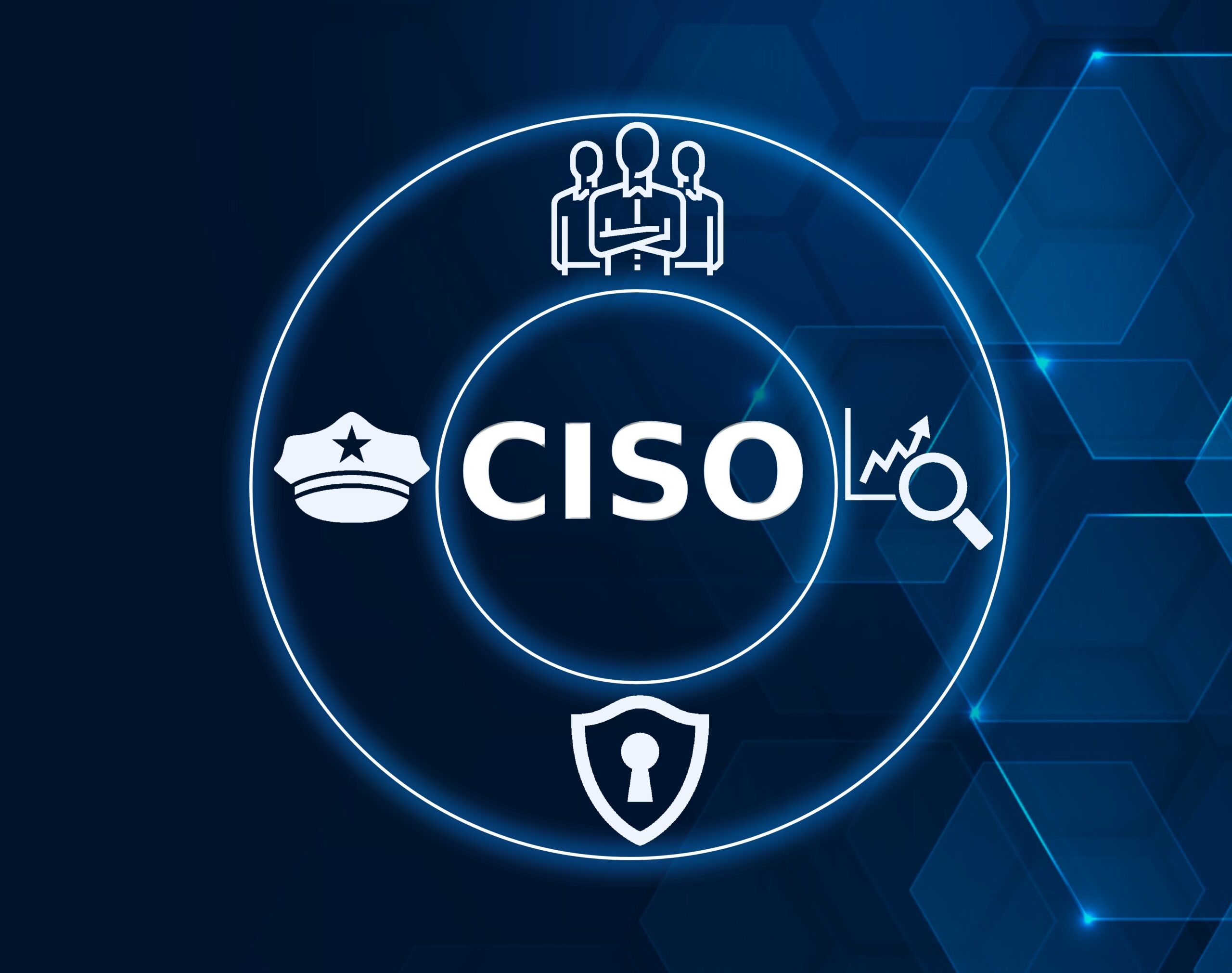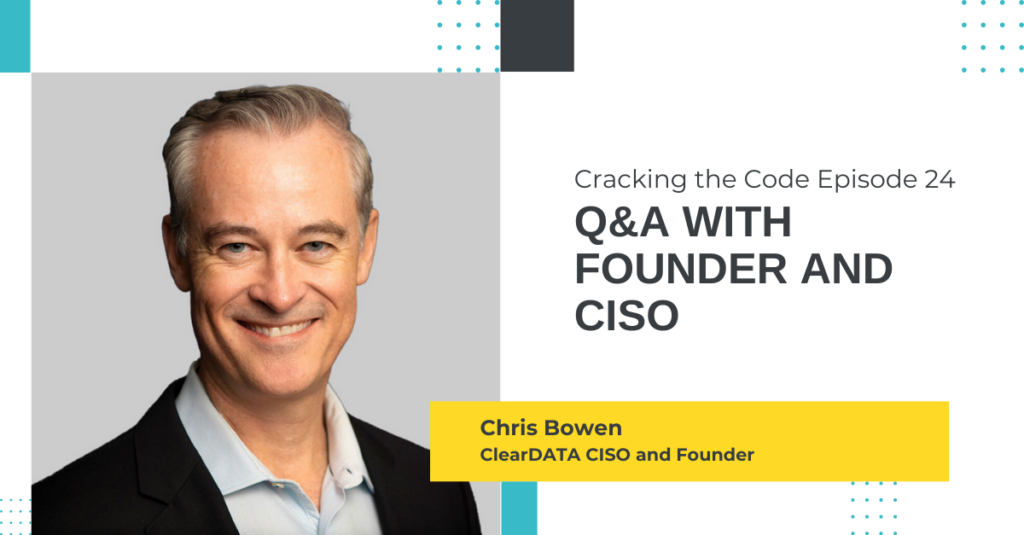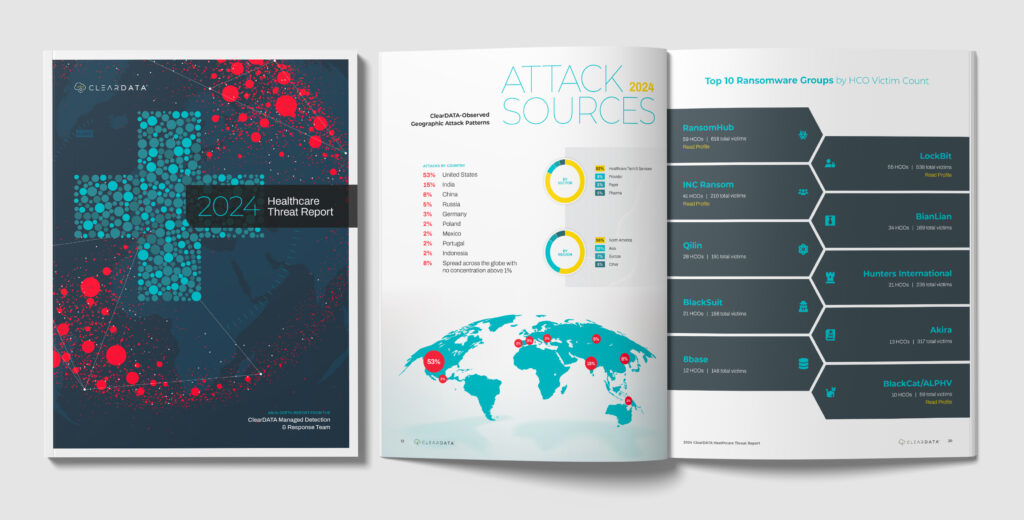How are CISO Responsibilities Changing in Healthcare

At a Glance:
- A transformation in CISO Responsibilities: From compliance enforcer to strategic leader driving security as a core business function.
- Partnerships with roles like Chief AI Officer: vital for balancing innovation with protection.
- Regulatory and Technological Focus: Increased enforcement of security protocols and adoption of AI-powered threat systems underline the industry’s direction.
- Prevention is Key: Healthcare organizations must act decisively to safeguard data, ensure trust, and maintain resilience.
Healthcare CISO Responsibilities
Chief Information Security Officers (CISOs) are the silent sentinels protecting our most sensitive information. Far from being a one-size-fits-all role, healthcare CISOs are diverse group of cybersecurity experts, each bringing a unique shield to the digital frontlines of medicine. From the clinical data protector ensuring patient privacy to the telemedicine security specialist safeguarding remote consultations, these professionals navigate a maze of challenges.
Whether managing the intricate security of research databases, protecting interconnected medical devices, or ensuring compliance across massive healthcare networks, these digital guardians do more than just prevent cyber threats—they enable the seamless, secure delivery of modern healthcare.
They are the bridge between cutting-edge technology and patient safety, transforming cybersecurity from a technical necessity into a critical component of compassionate care. Gone are the days when CISOs primarily ensured compliance. Modern CISOs are strategic leaders tasked with aligning cybersecurity frameworks with business objectives and importantly, patient safety. They oversee risk management, champion crisis response strategies, and embed a culture of cybersecurity throughout the organization.
Breaking Down the Modern CISO’s Responsibilities
- Proactive Threat Management: CISOs are using AI tools to detect threats. These tools allow real-time monitoring to spot and stop attacks before they cause problems.
- Collaborative Leadership: Cybersecurity no longer exists in silos. CISOs work alongside Chief Artificial Intelligence Officers (CAIOs), clinical directors, and HR teams to promote secure adoption of technologies without compromising patient safety.
- Operational Resilience: Hospitals and healthcare organizations depend on continuous functionality, even during attacks. Building robust systems that ensure operational continuity is a top priority for CISOs.
How AI Transforms Cybersecurity in Healthcare
Artificial intelligence has emerged as both a boon and a threat in healthcare. On the one hand, AI tools enable faster identification of malware patterns, bolster data analytics, and improve endpoint security. Conversely, cybercriminals can exploit AI systems to circumvent security measures or tamper with confidential data. This evolution places greater responsibility on CISOs to adapt strategies, ensuring AI systems are secure while mitigating emerging threats.
To mitigate these risks:
- Implement tools with AI integrity checks to ensure the security and reliability of automated functions.
- Use AI threat detection for early identification of anomalies across network traffic or user behavior.
- Establish strict access controls to protect the data from unauthorized access. This includes implementing a strong password policy, limiting user permissions based on their role, and regularly reviewing access logs.
Ransomware and Healthcare Data Breaches on the Rise
Ransomware remains one of the most critical threats to the healthcare industry. These attacks often lead to operational shut-downs, delayed patient care, and enormous financial losses. Adopting proactive measures, such as multifactor authentication (MFA), regular penetration testing, and incident response simulations, can drastically reduce vulnerabilities. A reactive approach is no longer viable. Developing a scalable and proactive cybersecurity strategy is essential to navigating the current threat landscape. Organizations must:
- Invest in Advanced Threat Detection: Tools like AI or machine learning can help catch sophisticated attacks.
- Train Employees Regularly: Every staff member should help protect the company by avoiding common threats like phishing emails.
- Improve Data Encryption Standards: Make sure all patient data is encrypted while being sent and when stored.
- Audit Cloud Security Infrastructure: Partner with trusted cloud service providers who prioritize healthcare data protection.
Building Trust Through Strong Cybersecurity Leadership
Healthcare institutions are only as strong as the trust they instill in patients. Robust cybersecurity is essential for maintaining this trust and CISO responsibilities need to move from just following rules to leading in innovation and safety. They must keep patient protection at the center of their mission.
Healthcare organizations can improve their resilience against cyber threats. They can do this by using proactive security measures, investing in new technologies, and encouraging teamwork across departments. Don’t wait for the next ransomware attack or data breach to disrupt your operations. Start building a fortress of proactive cybersecurity measures today. Protect patient data, ensure uninterrupted care delivery, and gain patient trust by partnering with experts in healthcare cybersecurity solutions.
FAQ
What are the primary responsibilities of a healthcare CISO?
A healthcare CISO is responsible for safeguarding sensitive patient data and ensuring compliance with healthcare regulations like HIPAA. Their duties include developing robust cybersecurity strategies, managing risks, overseeing incident response plans, and educating staff on security practices. Their role is pivotal in mitigating threats while maintaining secure and efficient operations.
How do healthcare CISOs address emerging cybersecurity threats?
CISOs stay ahead of threats by adopting proactive monitoring tools, implementing advanced encryption methods, and conducting regular risk assessments. They also collaborate with other executives to integrate cybersecurity into organizational goals, ensuring quick adaptation to emerging vulnerabilities.
Why is a strong cybersecurity framework essential in healthcare?
A robust cybersecurity framework protects sensitive data like electronic health records (EHRs) from breaches, ensures patient trust, and prevents costly disruptions. It also ensures compliance with stringent regulations, safeguarding the organization’s reputation and financial stability.
Protect Sensitive Healthcare Data in the Cloud



